
Piyush Rahate
A passionate Lean-Agile Coach with over 19 years of varied experience, I work with professionals, t... Read more
![]() Get Your AI-Enabled Scrum Master Certification for Just ₹1,500 (Save 85%)!
Get Your AI-Enabled Scrum Master Certification for Just ₹1,500 (Save 85%)!
Scrum.Org
SAFe®
ICAgile
Scrum Alliance
Technical Agility
Kanban
Business Analysis
Project Management
AI-Enabled
Agilemania Academy
Scrum.Org
SAFe®
ICAgile
Scrum Alliance
Technical Agility
Kanban
Business Analysis
Project Management
AI-Enabled

Piyush Rahate
A passionate Lean-Agile Coach with over 19 years of varied experience, I work with professionals, t... Read more

One of the principles of a manifesto for agile software development states that - Continuous attention to technical excellence and good design enhances agility.
But how do we focus on technical excellence? Well, for that we need to explore a bunch of good and useful technical practices. One such practice is Test Driven Development or TDD.
In this article, I would walk you through a simple example of creating a Test-Driven code and elaborate a bit about the practice and associated advantages.
TDD or Test-Driven Development is a common practice for developing code that is simple, maintainable, and well-tested. The approach states that one should write “implementation code” only if there is a “failing test case”.
It is an iterative approach for developing software products where -
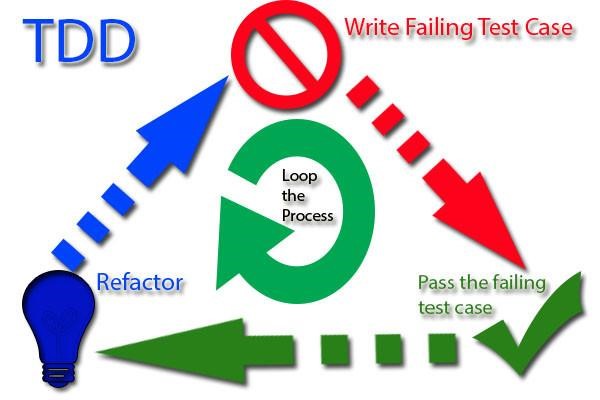
Discover the importance of Team and Technical Agility in scaling Agile practices. Learn how to foster adaptability, collaboration, quality, and innovation across your organization to deliver value to customers faster, more reliably, and with higher quality.
Know More!


Let us consider a user profile management system that allows users to create a username and password for future authentication. There are certain business rules which the username and password should follow to be valid.
For the sake of simplicity and brevity of the article, I will work with only one rule for the username and that would be to validate the minimum length of the username. Let us say that the minimum length for a username is 8 characters. Now we will start developing our tests and code accordingly. I will be using Laravel and PHPUnit for the code examples.
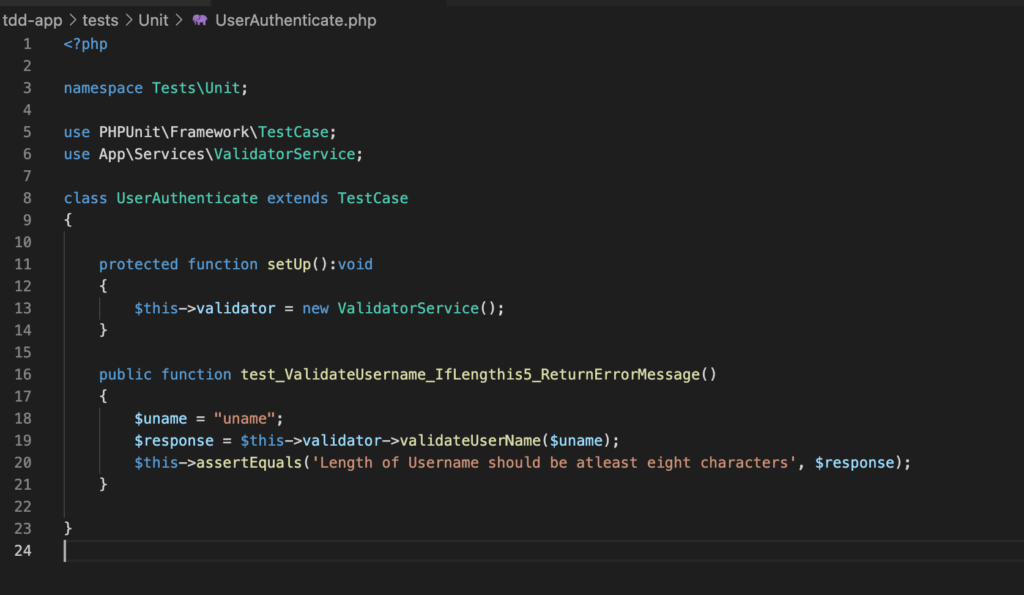
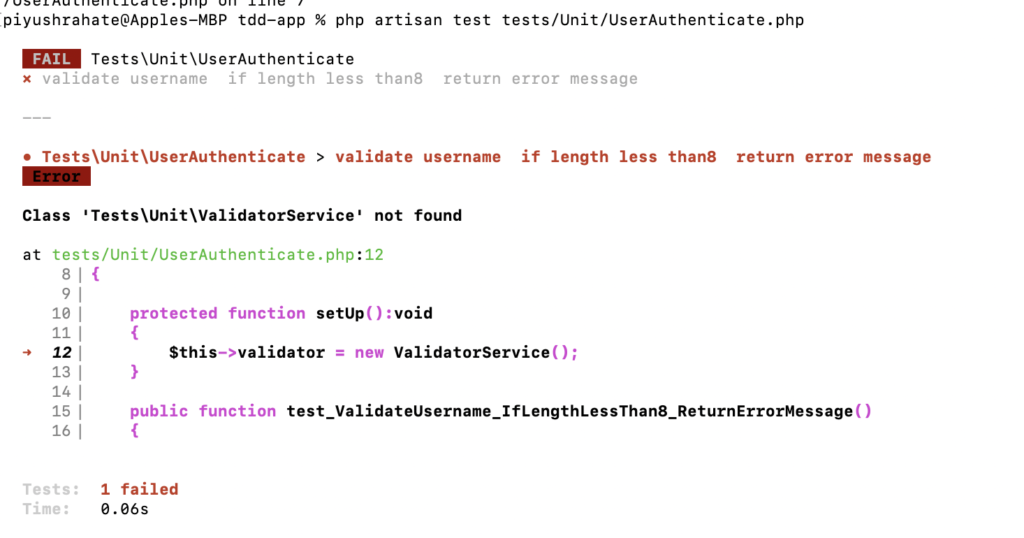
And we get an error which is quite expected since till now we have not yet created the “ValidatorService” class.
Let us create the class and run the test again. Remember, we are writing just enough code to ensure the failing test case passes. An error is also a failure, so we will write just enough code to make the error go away.
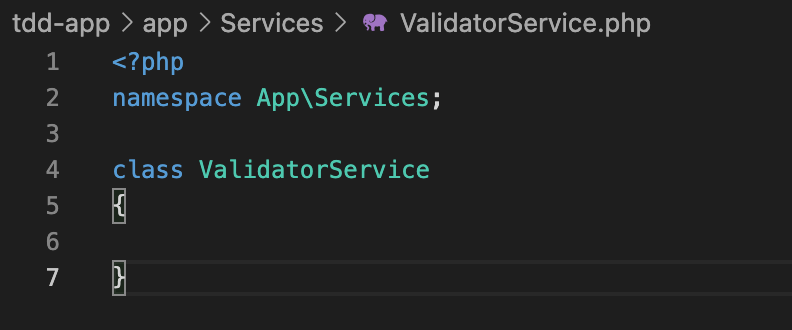
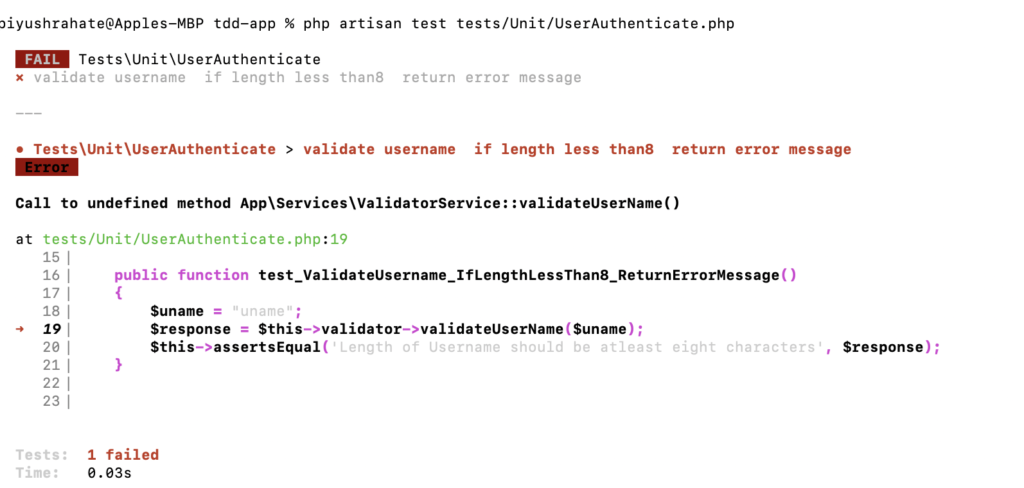
Oh, an error still exists. But now it is different. As expected, now it is looking for the function, which is still not there. Let’s create a placeholder function and execute the test.

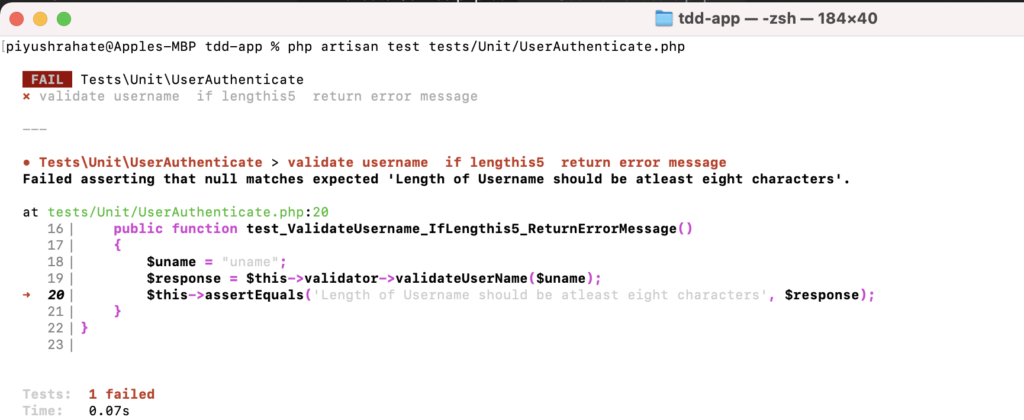
And, now we have a failing test case. We will now create the actual code for the functionality to validate the length of the username and execute the test case. The failing test case should now pass.


And it does. Let’s add one more similar test and see if that also passes. It should.

 And, yes we have two passing test cases. Let’s add a more generic test case now and execute it.
And, yes we have two passing test cases. Let’s add a more generic test case now and execute it.


And all three test cases have now passed. But look at the code it looks like a lot of repetition. Seems like it is now time to “Refactor” our code. PHPUnit provides a nice feature called “data provider” which makes this pretty simple.

Let’s execute the tests and see if they still pass.

And, yes the test cases are still passing. Let us quickly refactor the implementation code as well.
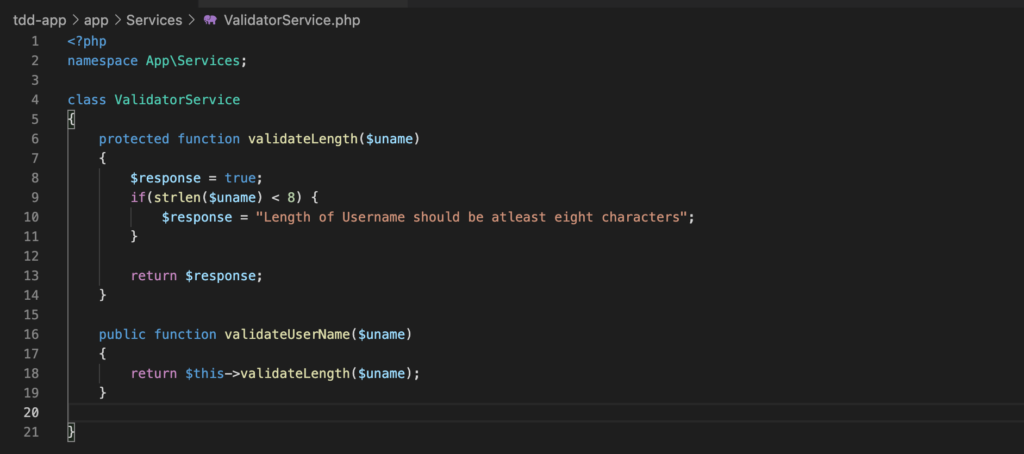
And, do the test cases still pass? Yes, they do. That means for now our code is in quite good shape.

We can now keep adding more test cases to validate different business rules as needed and keep refactoring the code as and when needed. And the moment we will run our test harness, we will know if something is broken because of the new changes that we add.
Running the Team and Technical Agility assessment is simpler than you think. Learn how to conduct it effectively and leverage the results to drive improvement effortlessly.
Unlock Your Potential.
As with any other technical discipline, TDD requires a lot of patience and perseverance to become an expert. Although, once you master it, it becomes a habit that reaps huge benefits.
It helps you to create more maintainable, reliable code and also creates a shorter feedback loop if something goes wrong as you build your product.
A passionate Lean-Agile Coach with over 19 years of varied experience, I work with professionals, teams and organizations helping them in their pursuit of agility. Being a Professional Scrum Trainer (Scrum.org), SPC (5.0, Scaled Agile), and ICAgile Authorized Instructor.
WhatsApp Us

We will get back to you soon!
For a detailed enquiry, please write to us at connect@agilemania.com

